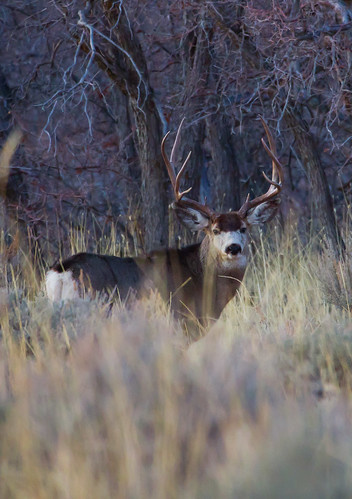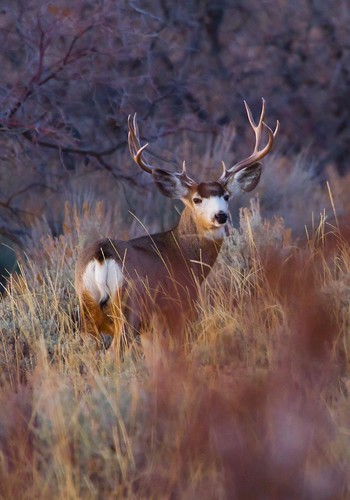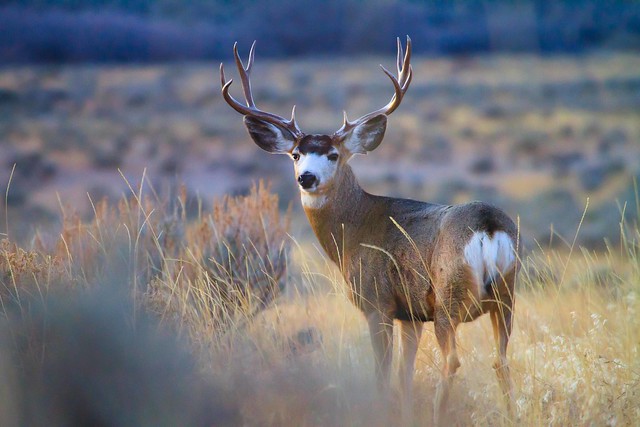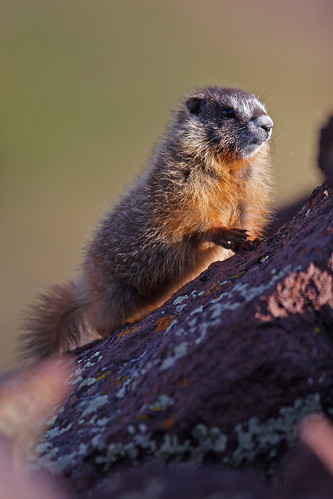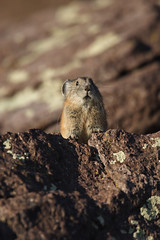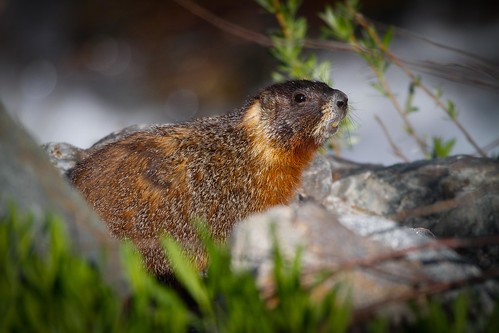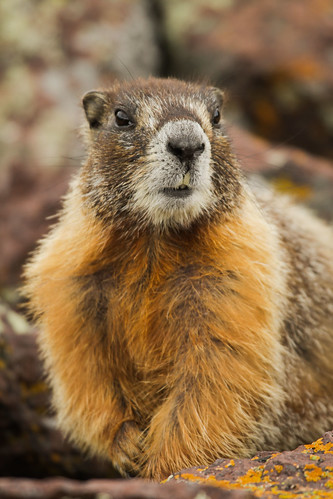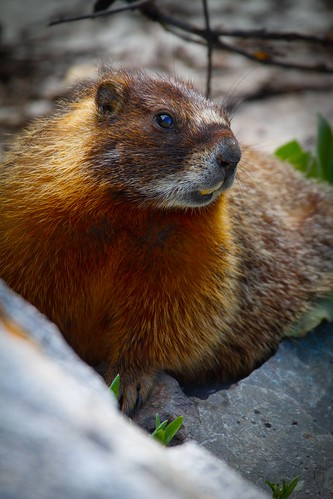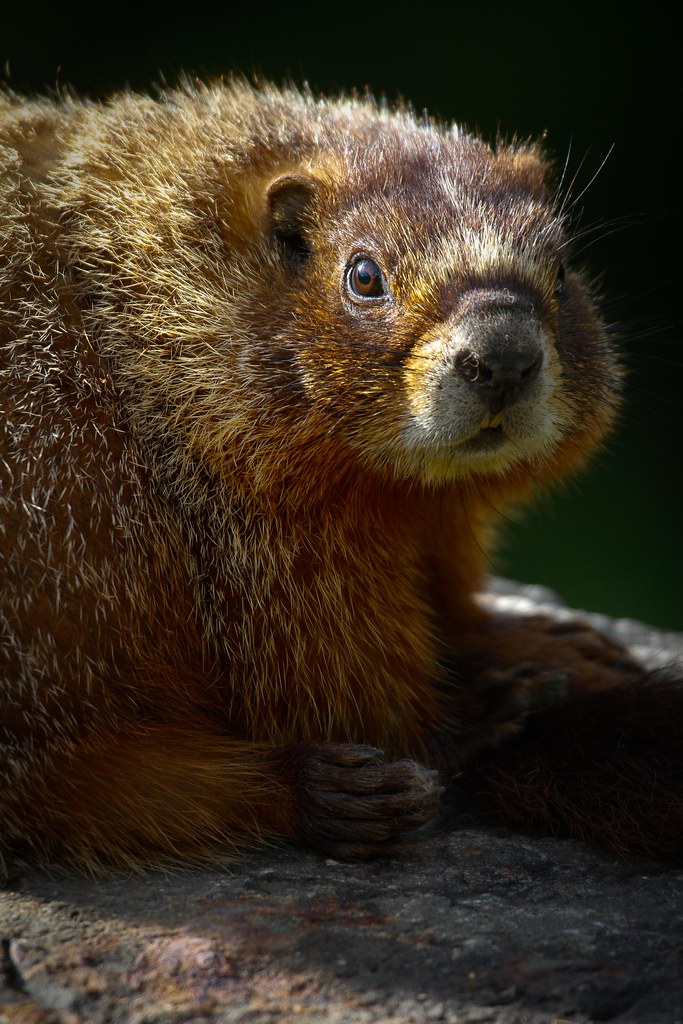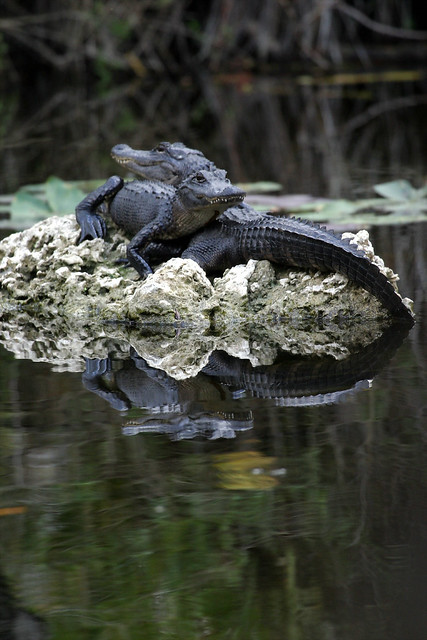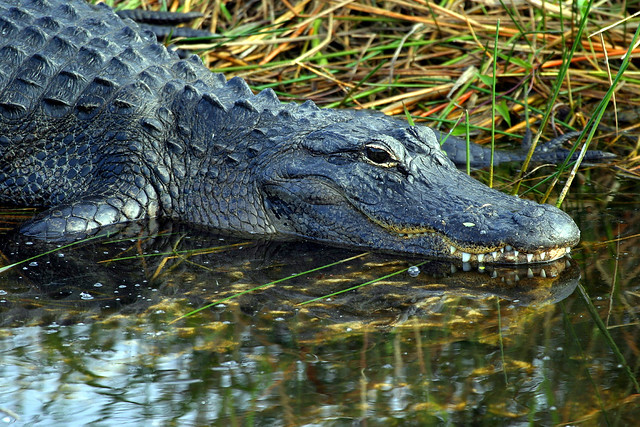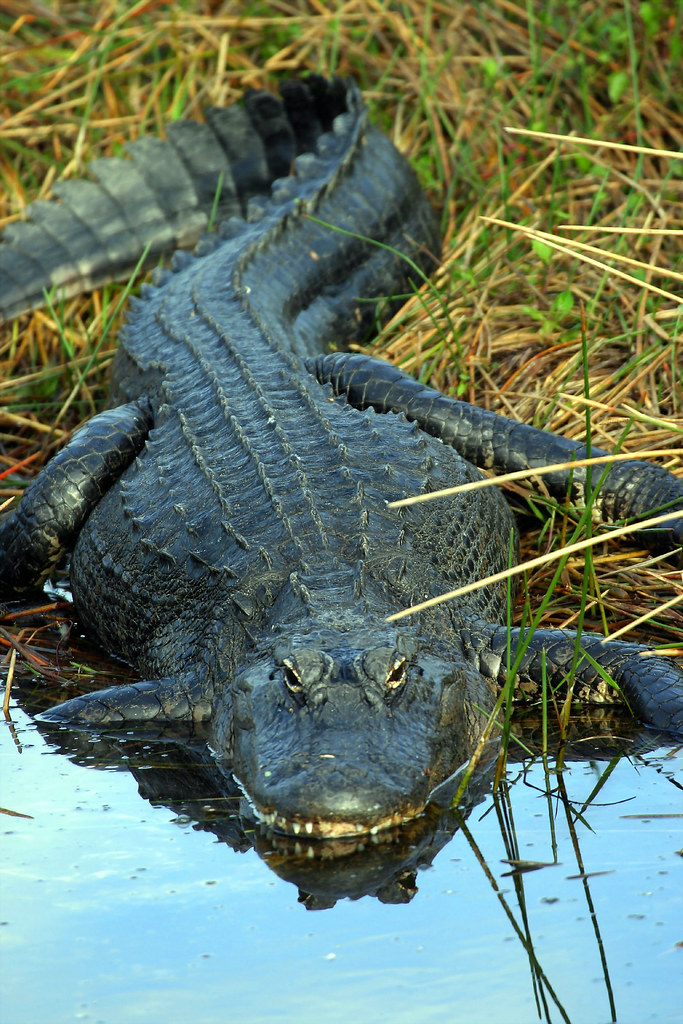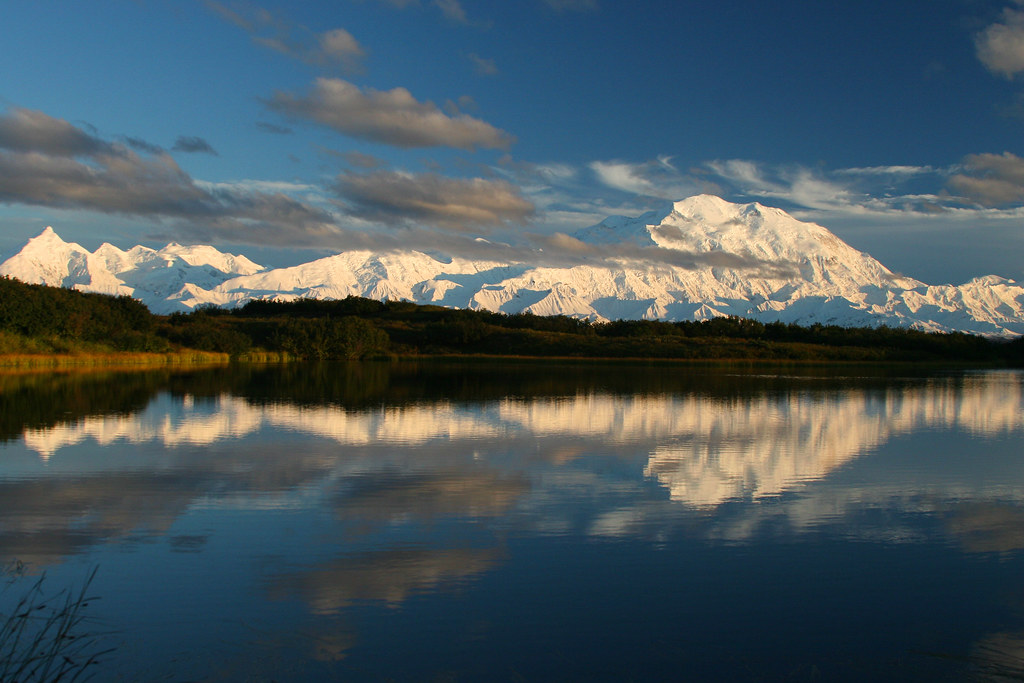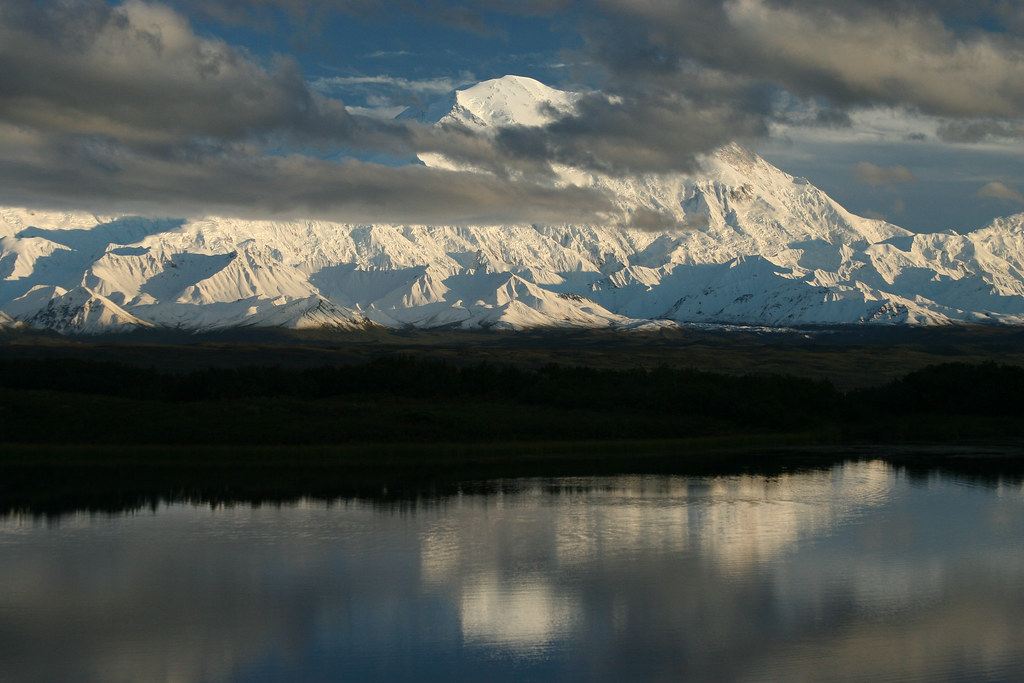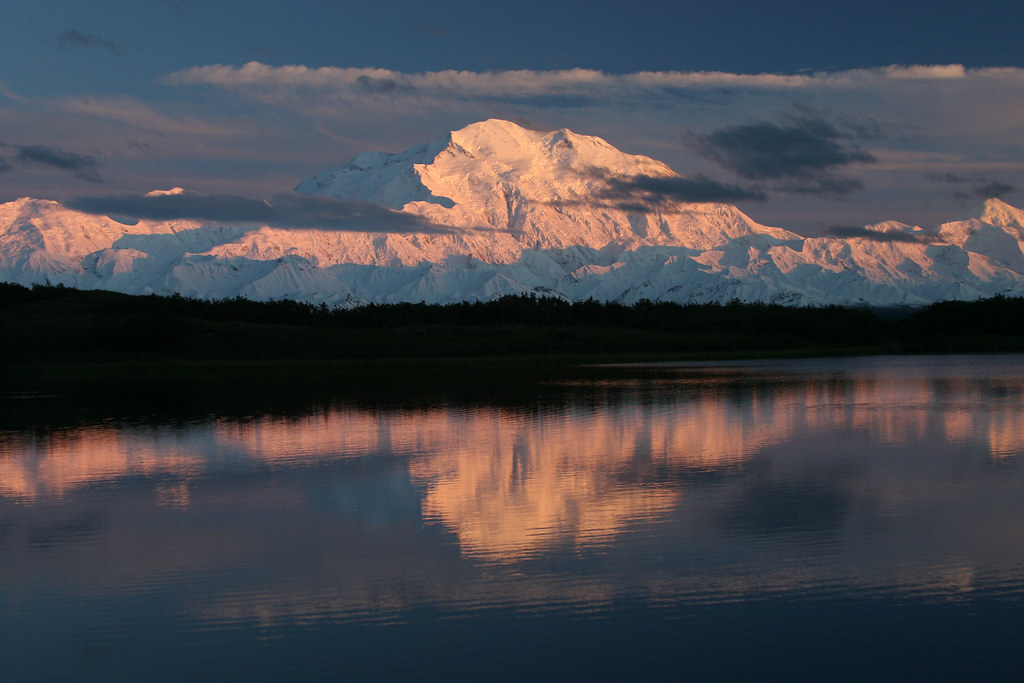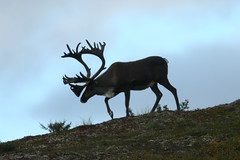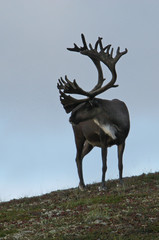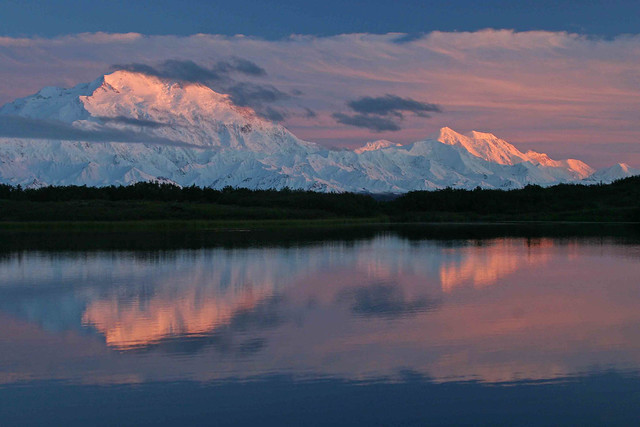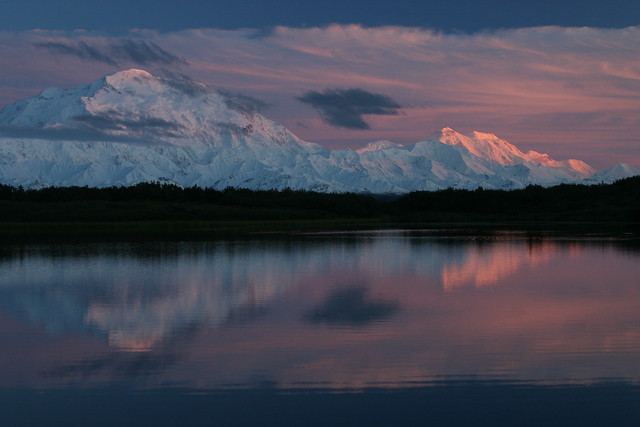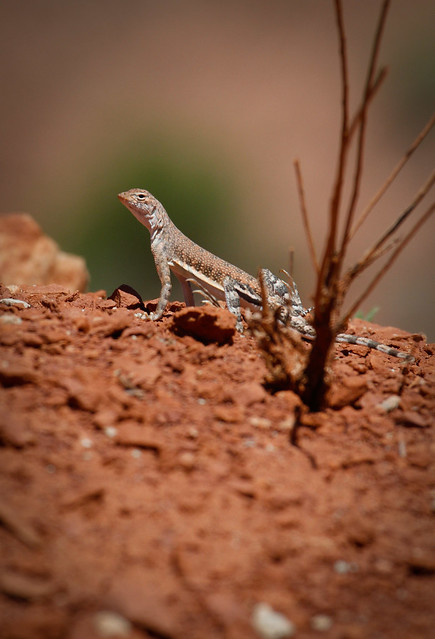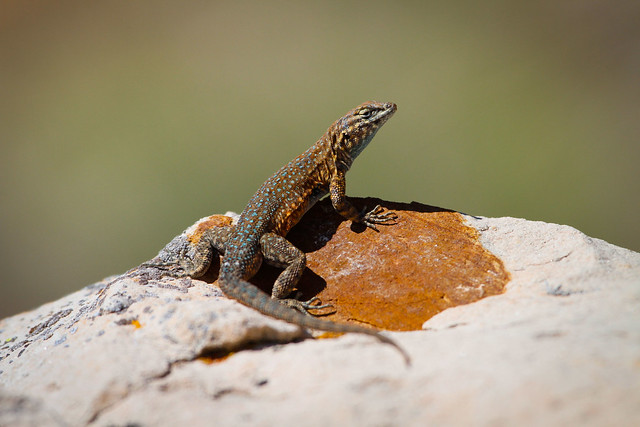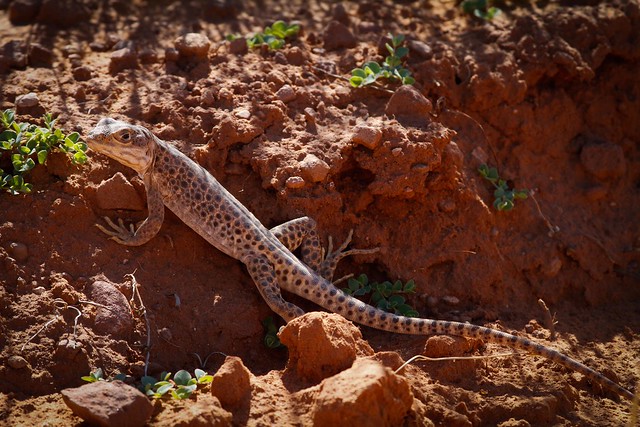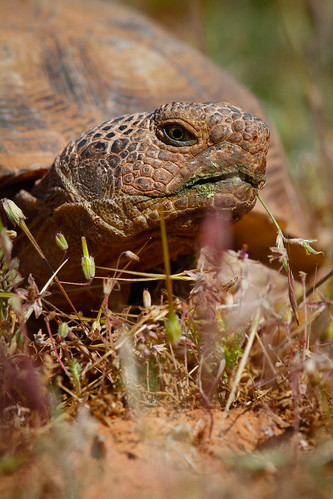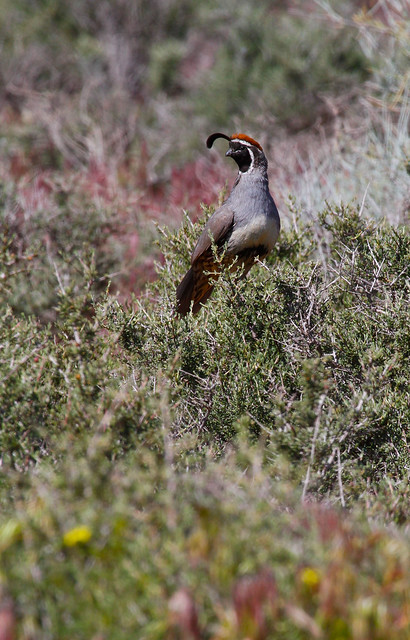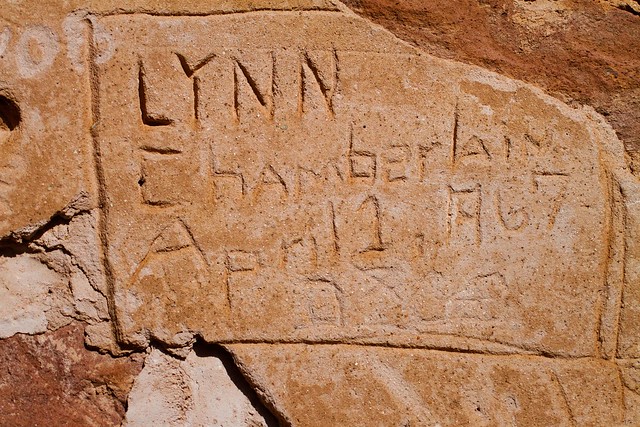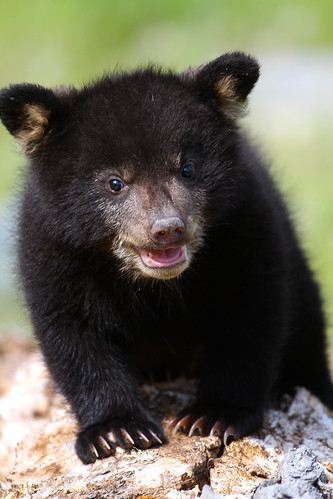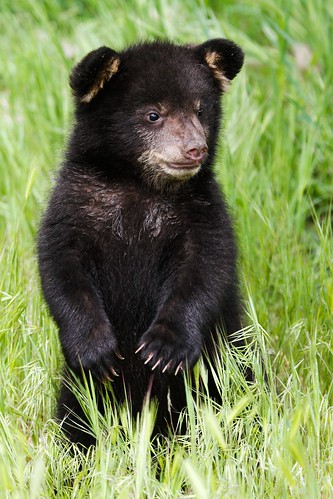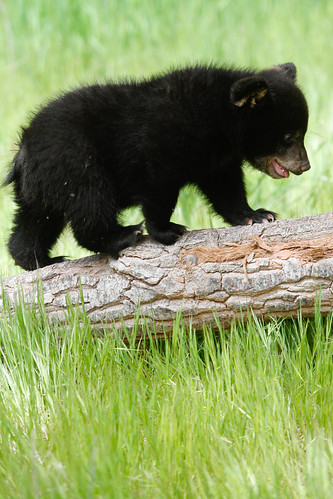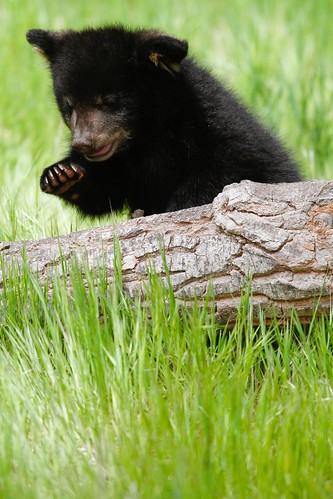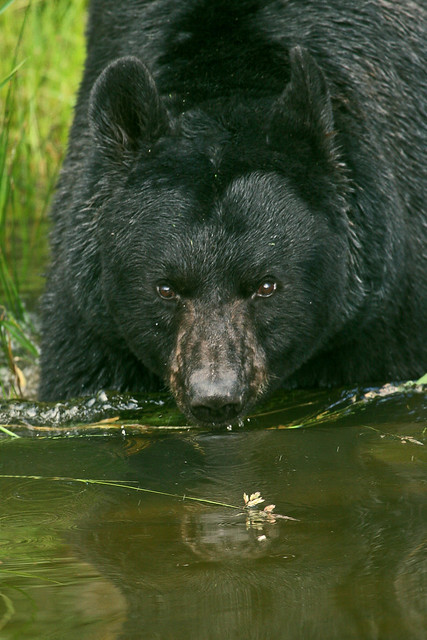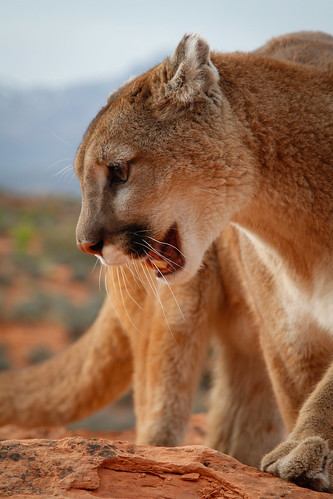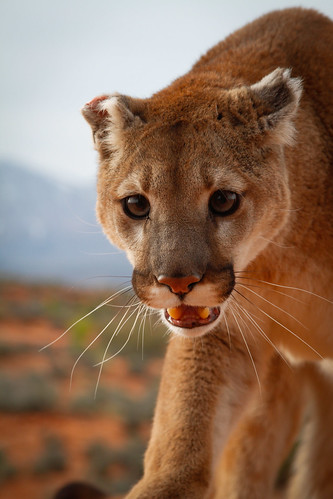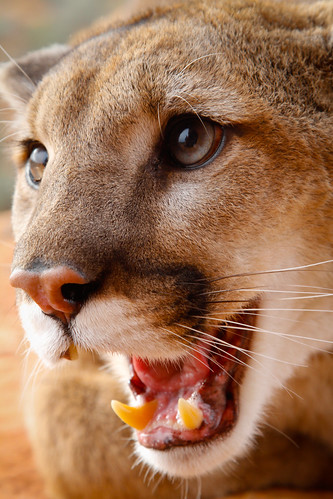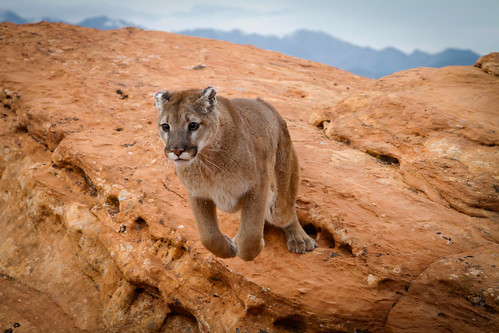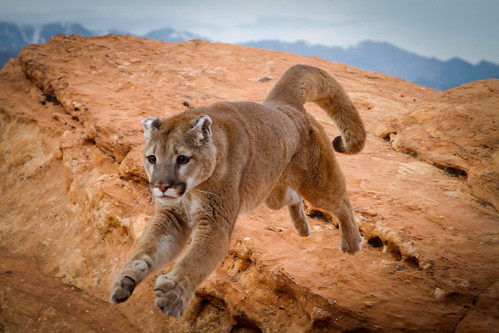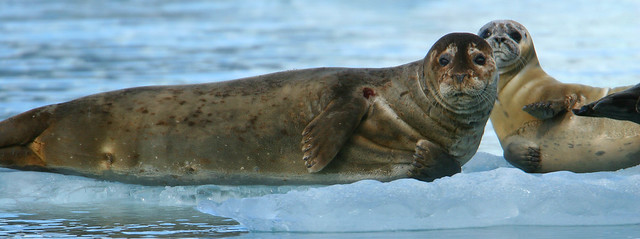As a wildlife photographer, I am always looking for an opportunity to get close to wild animals. Several years ago, when rumors started to fly about California Condors frequenting the Kolob area near Zion National park, I decided to investigate and see for myself.
The first time I saw them, I found five, birds near a mountain cabin at the present viewing site. They were perched in the top of a tree and on the nearby rocks.
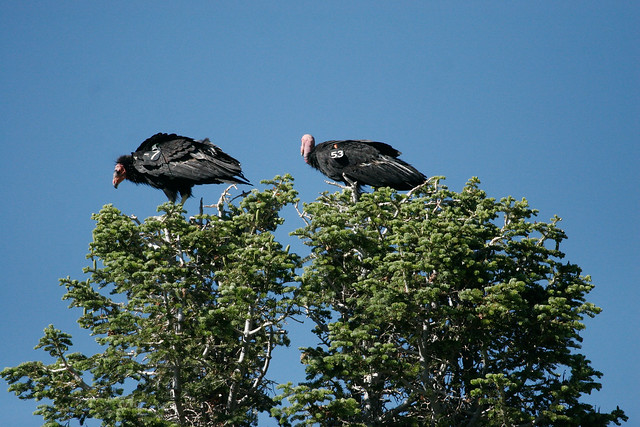

I took several photos and was just admiring them when I heard the rushing of the wind coming from close behind me. I instinctively ducked, slightly as a giant pair of wings passed no more than two feet over my head.
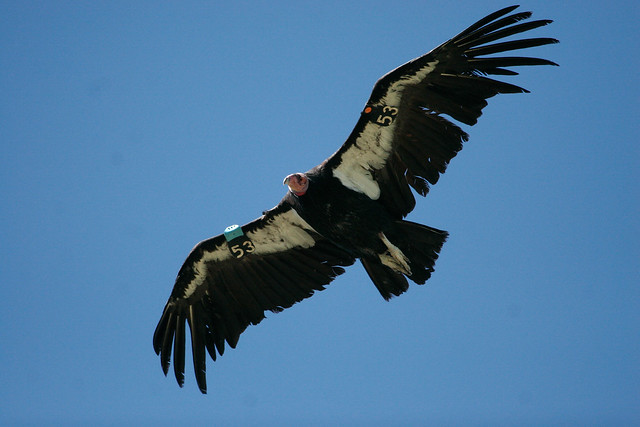
I can still remember feeling the air pressure change which caused me to lurch forward slightly as the condor passed by. It was a mature bird with a wingspan of over 9 feet and it landed on the fence not more than 30 feet in front of me.
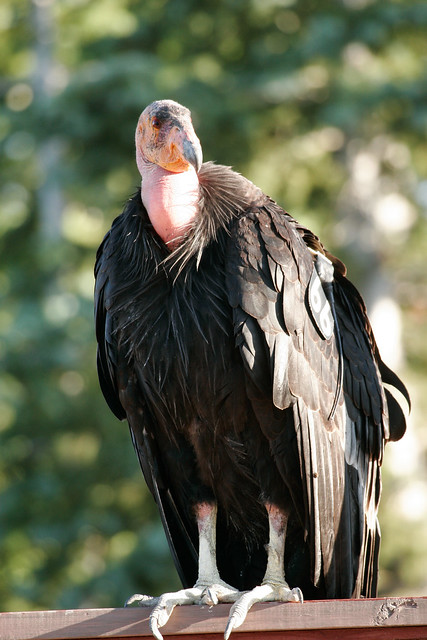
I got several close photos and the experience left me with a feeling of awe for this very special bird.
Since that time I have viewed and photographed condors many times. I have watched them as they perform aerial ballets for the crowds that gather to see them on “The Day of the Condor” and since this is not a scientific writing, I can tell you that I am convinced that they enjoy putting on a show for people. I think that that bird was intentionally messing with me when it flew so close over my head.
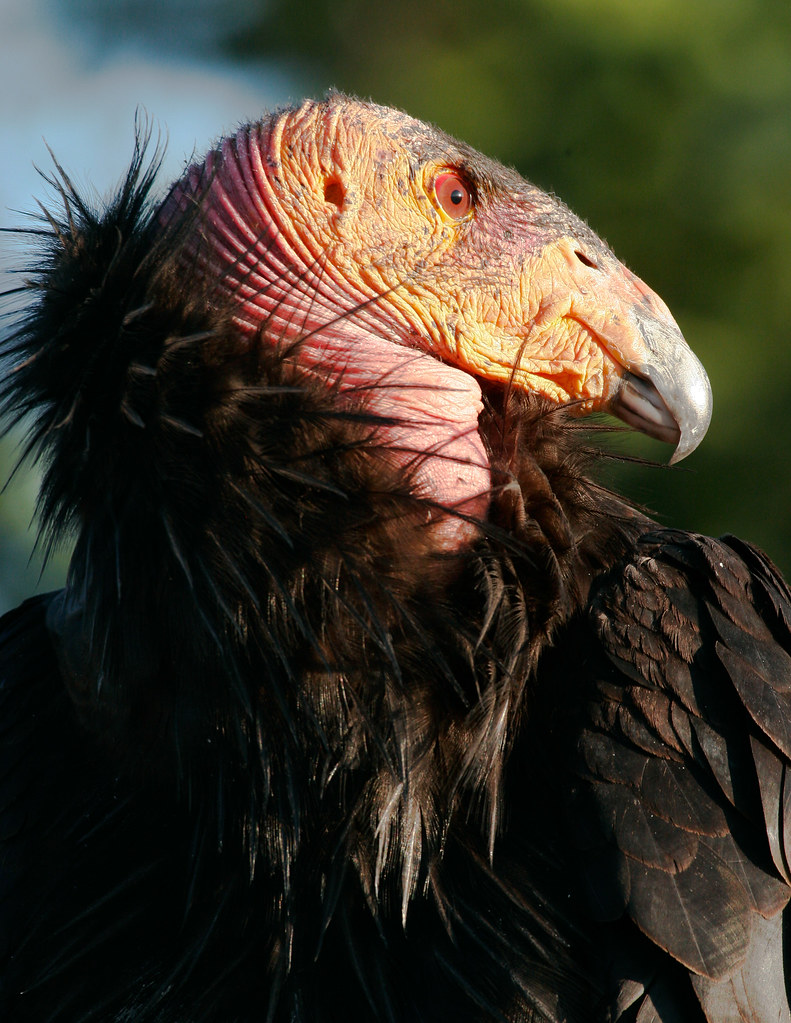
Because of that first experience, I feel a tie with condors and I love to share these birds with others that may come away from the experience feeling a little stronger link with wildlife.
Come join us this year on June 18th for “The Day of the Condor” from 8 am to 12 noon at the Kolob viewing site just 21.5 miles north of Virgin, Utah for a chance to see and experience one of the rarest birds in the world.
